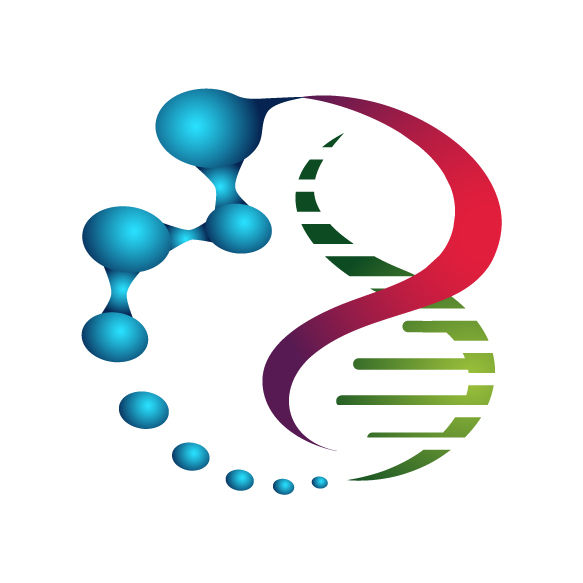Representative isolates of the 10 serogroups of Clostridium difficile and 39 clinical isolates (30 toxigenic and 9 nontoxigenic), including 5 isolates from a confirmed nosocomial outbreak, were analyzed by using two previously described arbitrary-primer PCR (AP-PCR) molecular typing methodologies (AP-PG05 and AP-ARB11) and PCR ribotyping. The two AP-PCR methods investigated gave comparable results; AP-PG05 and AP-ARB11 identified 8 and 7 groups among the serogroup isolates and classified the clinical isolates into 21 and 20 distinct groups, respectively. PCR ribotyping also identified 8 unique groups among the serogroup isolates but classified the clinical isolates into 23 groups. In addition, when results obtained by the PCR methods were compared with typing data generated by pulsed-field gel electrophoresis (PFGE), PCR ribotyping and PFGE were found to be in agreement for 83% (29 of 35) of isolates typeable by both techniques while AP-PG05 was in agreement with PFGE for 60% (20 of 33) and AP-ARB11 was in agreement with PFGE for only 44% (17 of 36). These results indicate that PCR ribotyping is a more discriminatory approach than AP-PCR for typing C. difficile and, furthermore, that this technique generates results that are in higher concordance with those obtained by using an established method for differentiating isolates of this organism on a molecular level than are results generated by using AP-PCR.







